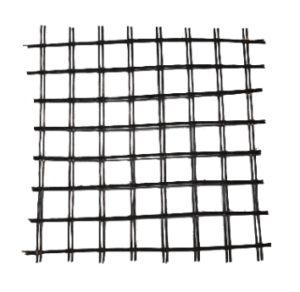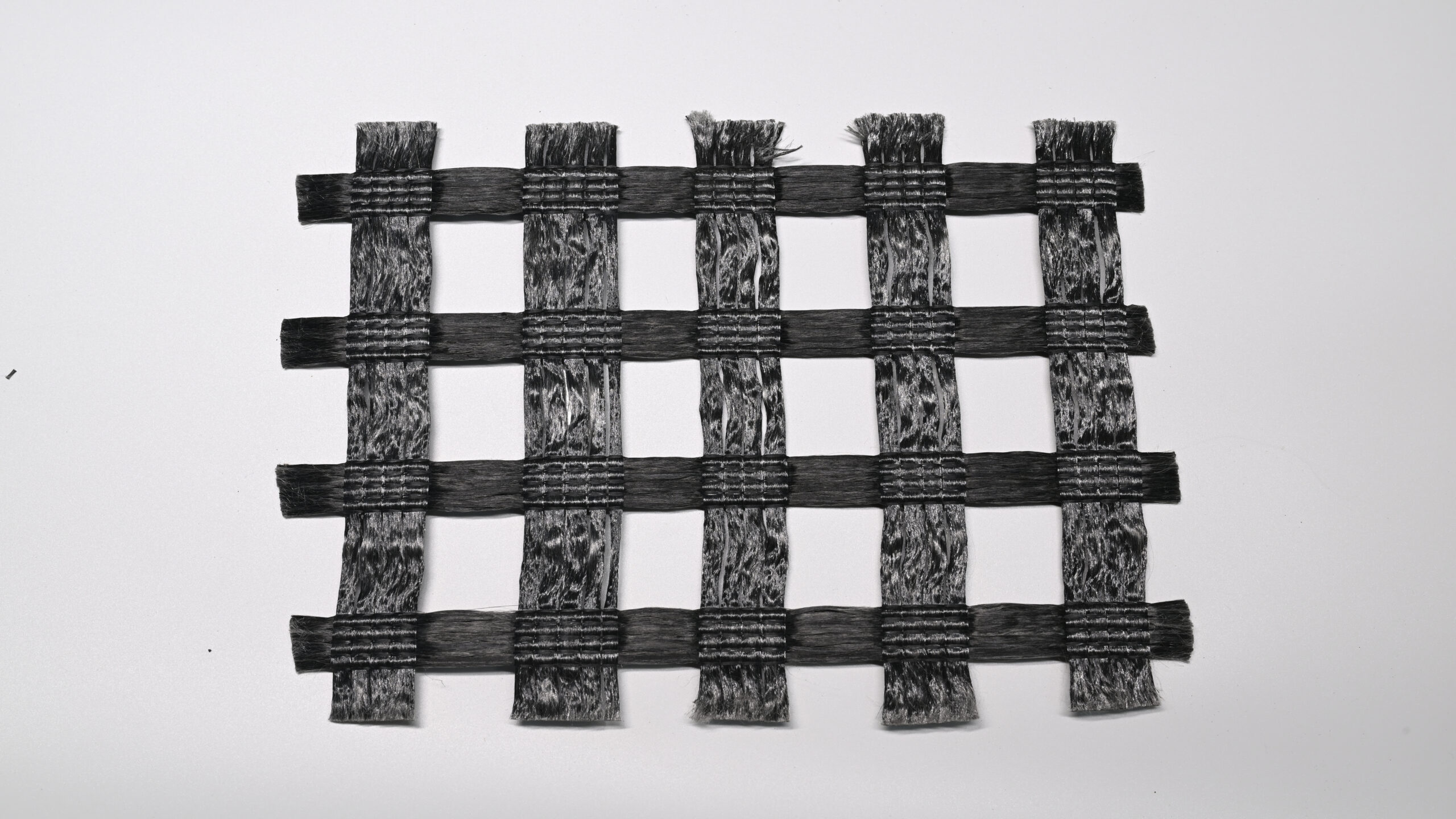Production process of geogrid
Material preparation: Prepare corresponding raw materials according to the required geogrid type and specifications. Common geogrid materials include polyethylene (HDPE), polypropylene (PP), steel wire, glass fiber, etc.
Material processing: The processing of raw materials, such as melting and extruding polymer materials, or cutting and polishing metal materials to ensure that the materials reach the required size and shape.
Forming and weaving: According to design requirements, the processed material is formed using processes such as extrusion, rolling, welding, weaving, etc. The specific operation depends on the type of material. For example, for plastic geogrids, extrusion or rolling processes are often used for forming, while for metal geogrids, welding or weaving is usually required.
Treatment and adjustment: After forming, the geogrid may require further treatment and adjustment, such as trimming edges, drilling holes, printing identification, etc. These treatments can be completed according to specific requirements.
Quality inspection: During the production process, it is necessary to conduct quality inspection on the geogrid to ensure that it meets relevant standards and requirements. Common testing items include size, tensile strength, chemical corrosion resistance, etc.
Packaging and storage: After completing quality inspection, the geogrid is packaged to ensure the integrity and safety of the product. Usually packaged in rolls or stacks and stored in suitable warehouses to avoid moisture, deformation, and damage.

The production process of geogrids depends on the materials used and the specific product design
The production process of geogrid:
Material preparation: According to product design requirements, prepare the necessary materials, common materials include polyethylene (HDPE), polypropylene (PP), steel wire, glass fiber, etc.
Material processing: Pre processing of raw materials, such as melting, crushing, heating, etc. This step aims to change the properties of the material to adapt to subsequent processing processes.
Processing and forming: According to the product design, the processed material is formed through processing methods such as extrusion, rolling, welding, weaving, etc. Extrusion and rolling are mainly used for plastic geogrids, while welding and weaving are commonly used for metal geogrids.
Shaping and adjustment: The formed geogrid may require edge trimming, hole piercing, size adjustment, and other processes to meet the requirements of product design and maintain consistent quality standards.
Heat treatment (optional): In some cases, geogrids require heat treatment, such as hot pressing, sintering, etc., to improve the strength and stability of the material.
Surface treatment (optional): As needed, geogrids may require surface treatment such as spraying, coating, printing, etc. to increase the appearance and functionality of the product.
Quality inspection: Conduct strict quality inspection on the completed geogrid, including appearance inspection, dimensional measurement, tensile strength testing, etc. Ensure that the product meets specifications and quality standards.
Packaging and storage: Properly package and label the geogrid that has passed quality inspection to ensure the safe transportation and storage of the product. Common packaging methods include rolling, stacking, etc.
Author
-

Founded in 2002, Tinhy's team focuses on the manufacturing, marketing, installation, application and research and development of geosynthetic materials.
View all posts



